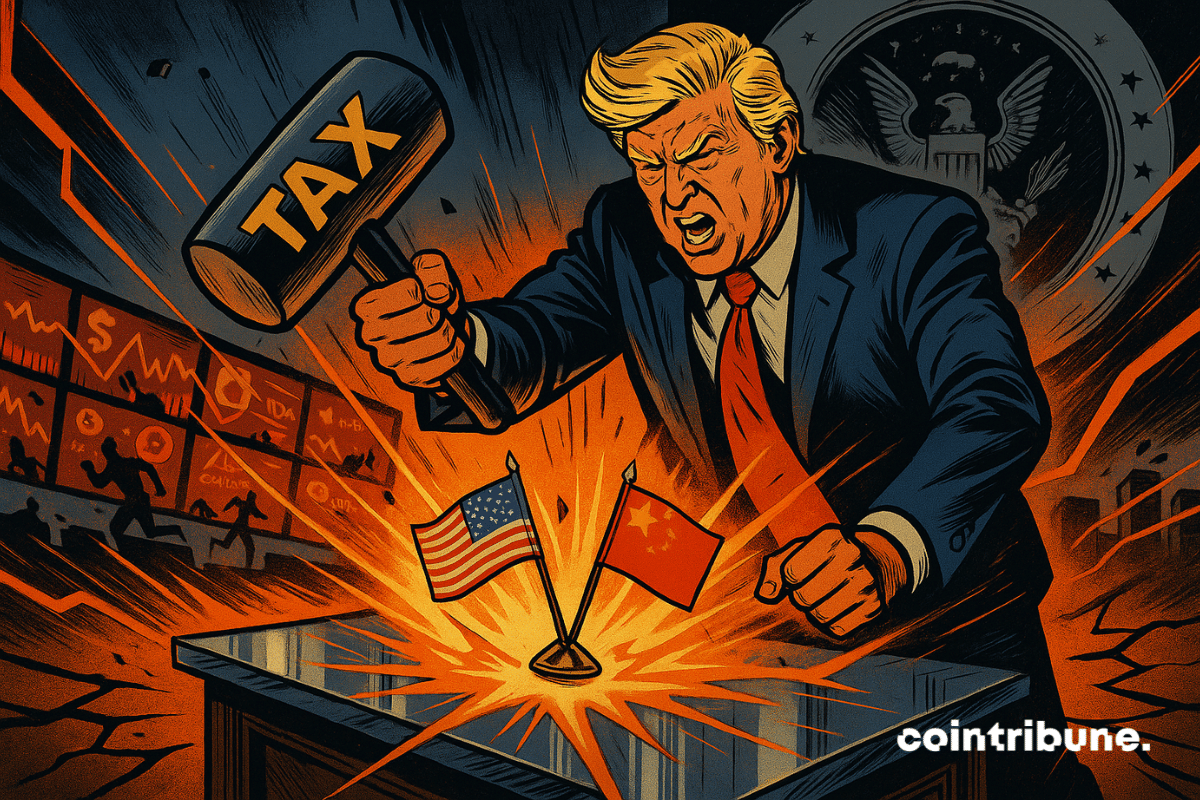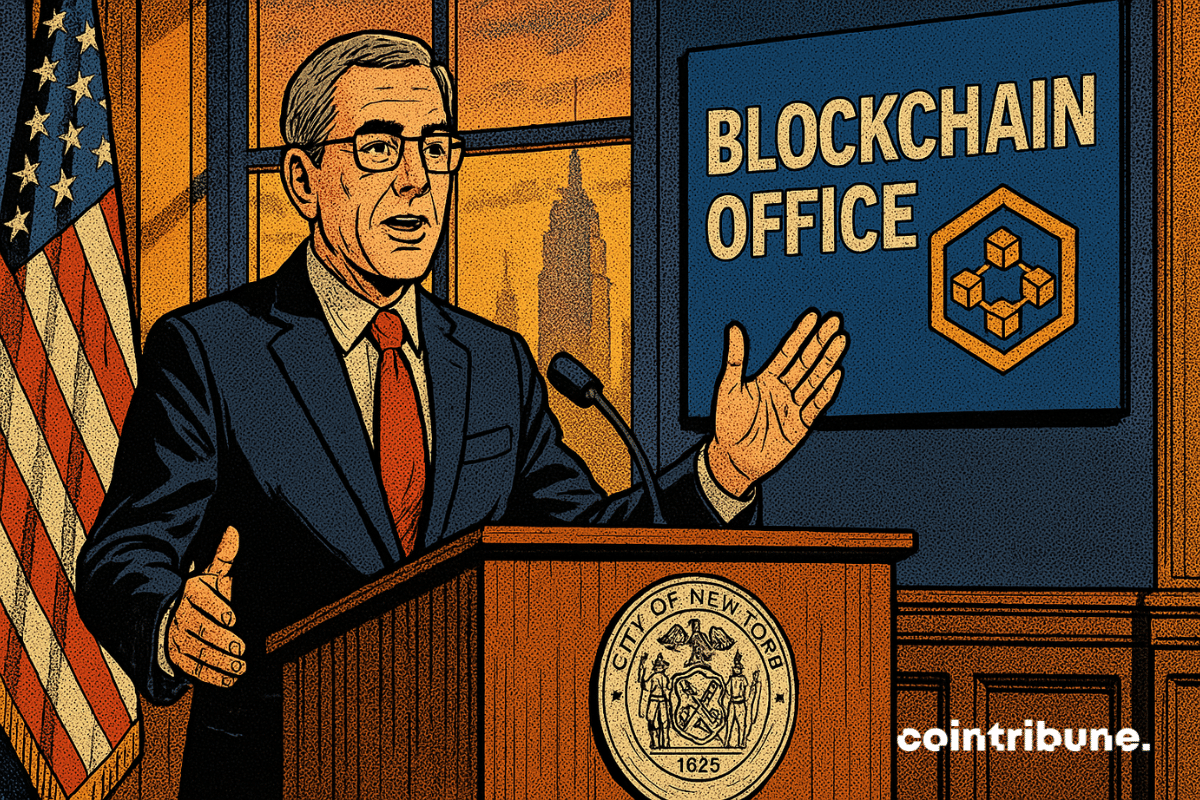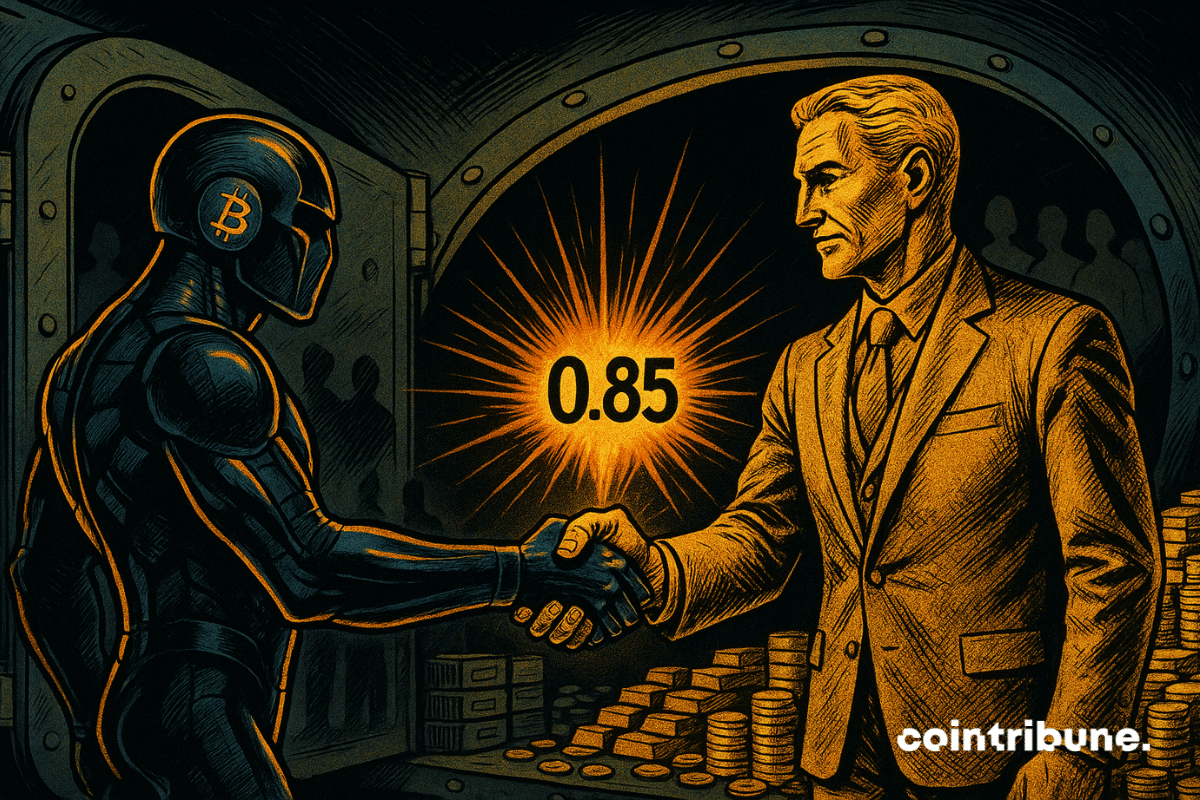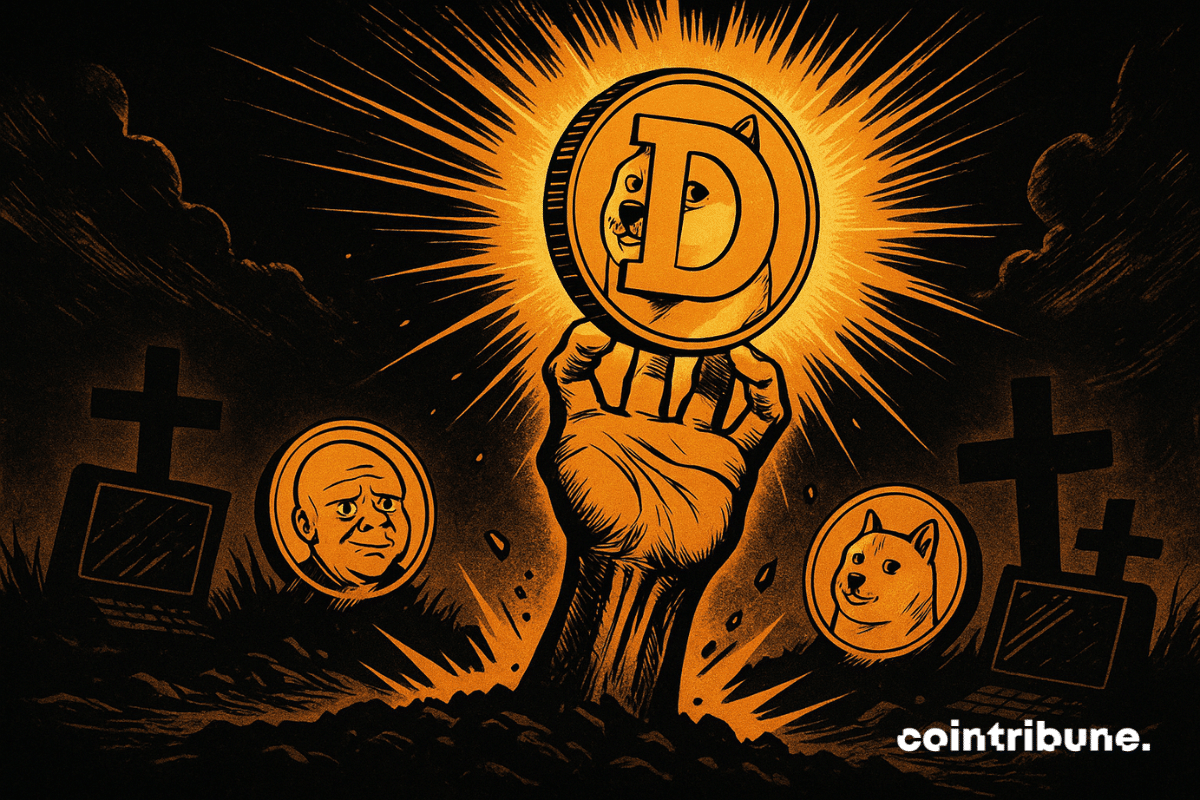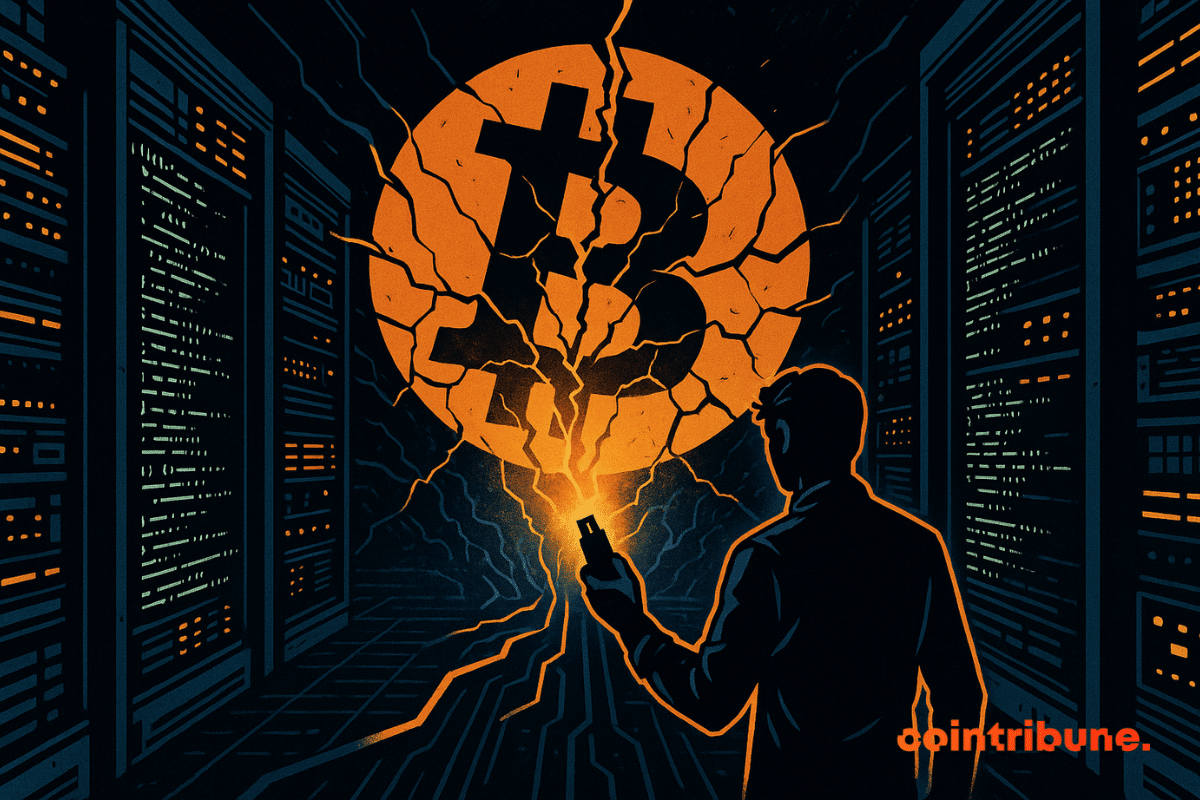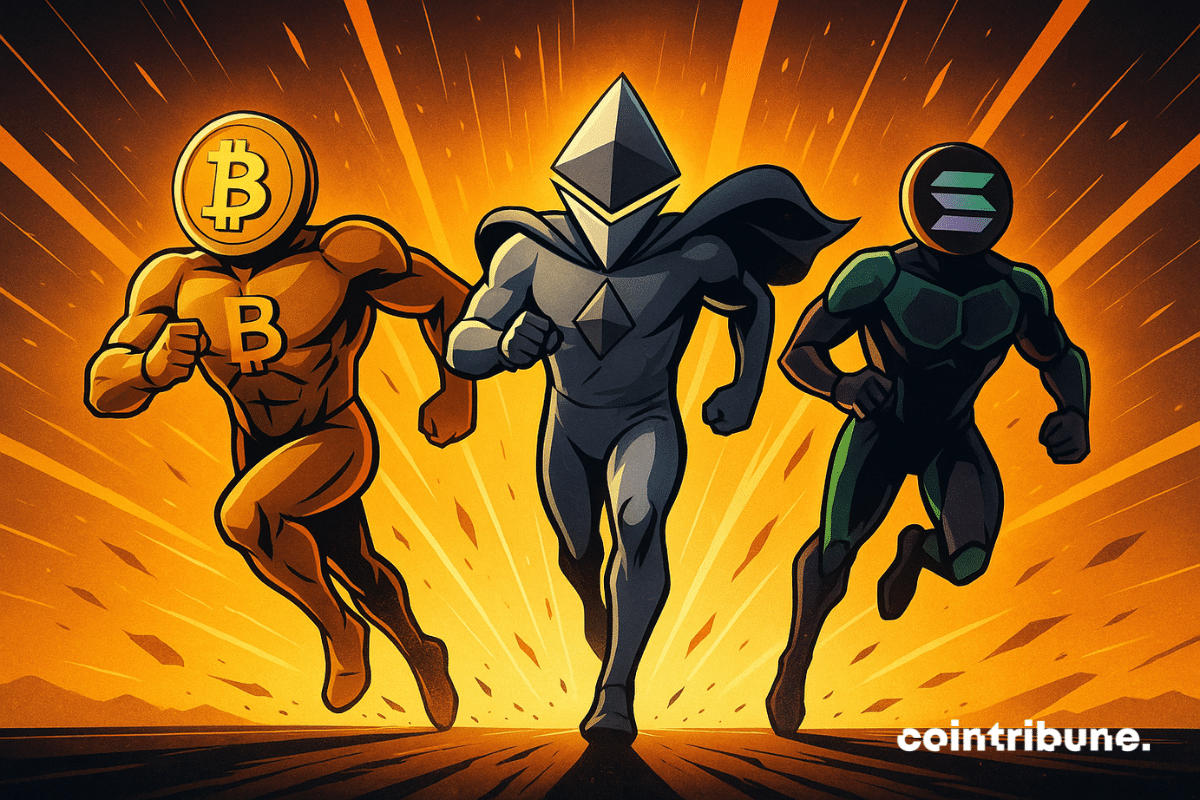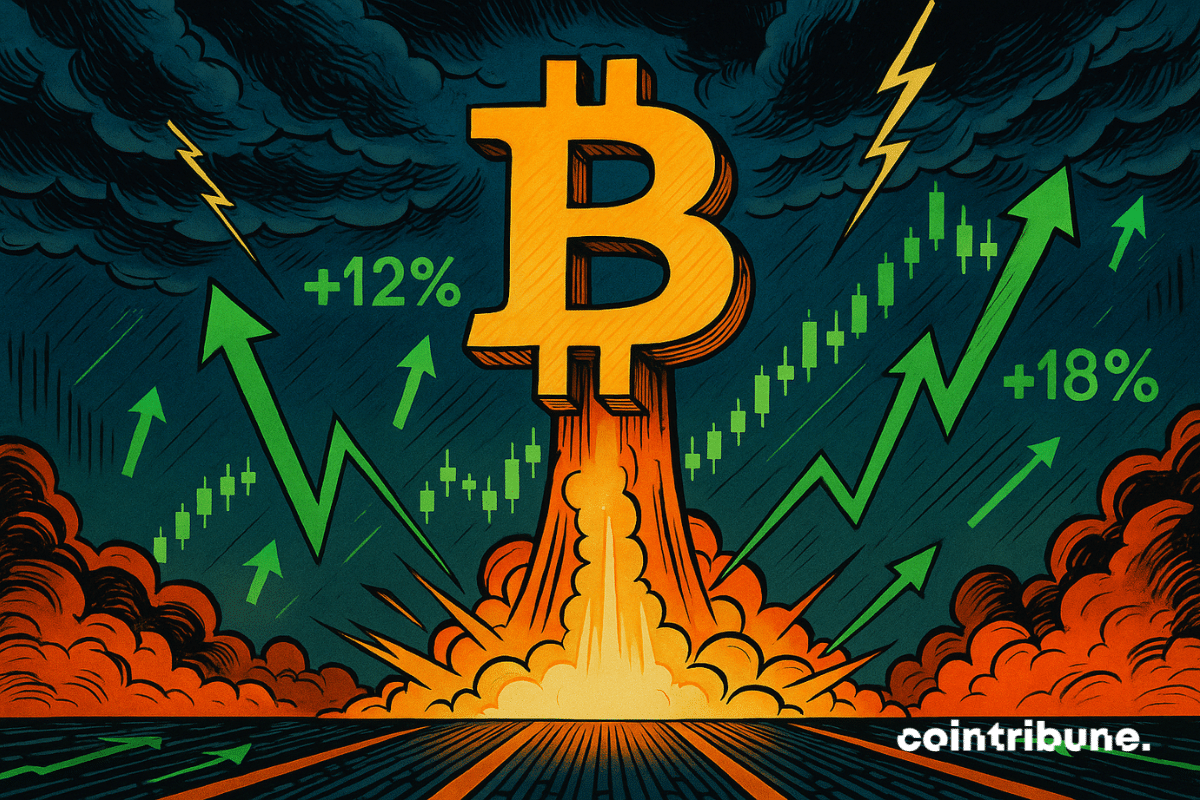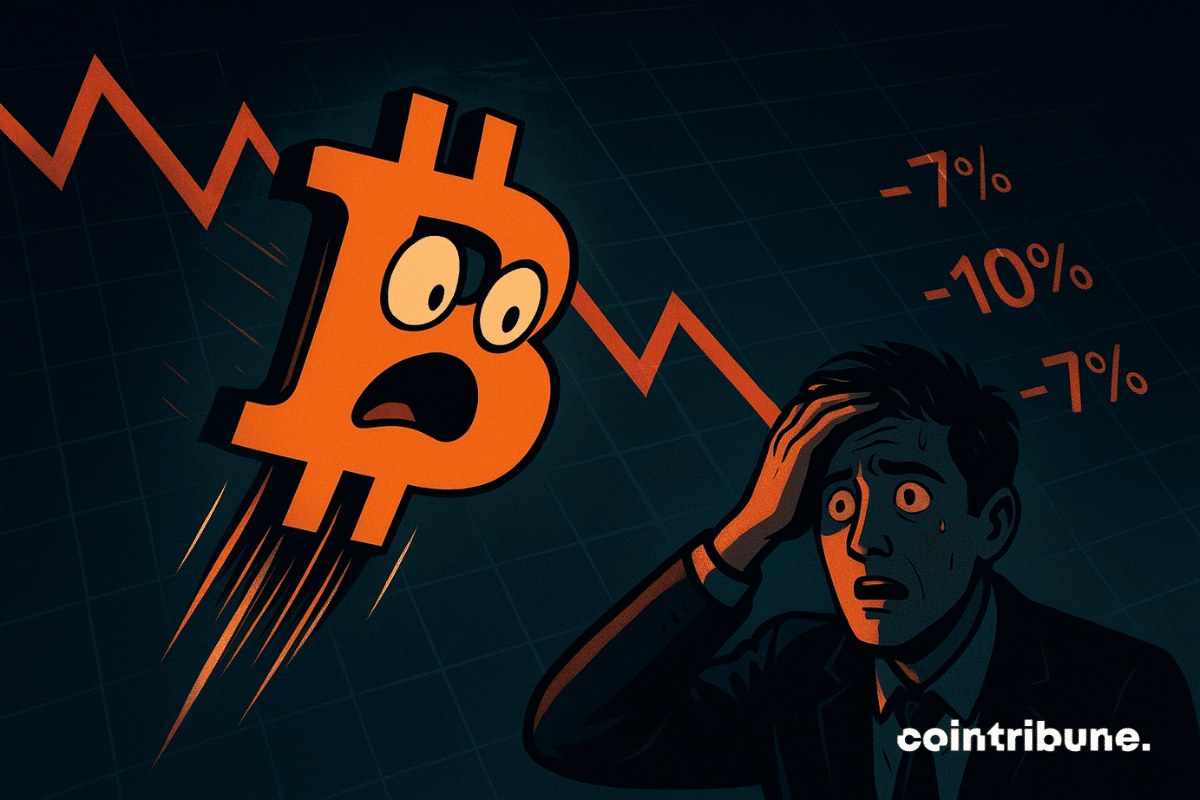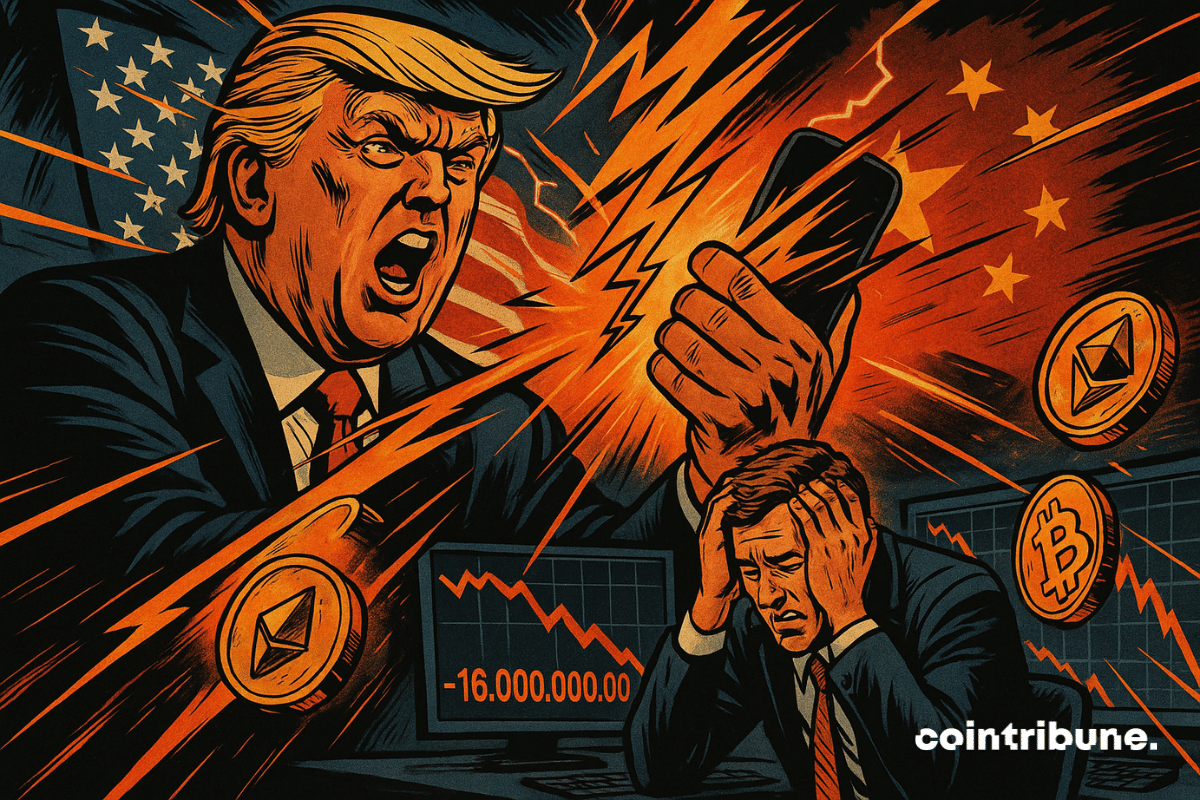In Q3 2025, bitcoin makes a big impact: 172 companies now hold 1.02 million, or 4.87% of the total supply. Why are these giants betting heavily on this crypto? Strategies, risks, and opportunities.
Theme Bitcoin (BTC)
Donald Trump declared that the United States is in a trade war with China. This statement, made in Washington, marks an escalation of economic tensions. In the aftermath, the markets wavered. Bitcoin, particularly sensitive to geopolitical shocks, plunged. This declaration comes as the administration targets Chinese technological imports, directly threatening the mining industry. The American trade offensive now takes a strategic turn with immediate repercussions on the crypto ecosystem.
Bitcoin dropped as it approached its all-time high. In a few hours, the market erased several billion dollars, revealing once again its extreme volatility. Despite this marked correction, several analysts maintain a bullish scenario, estimating that this pullback does not call into question the underlying trend.
While the market is bleeding, Bitget releases a report: crypto investors still want to load up. 2025, a year of gains... or shocks?
Eric Adams, the self-proclaimed "Bitcoin Mayor" of New York, has just created the very first American municipal office dedicated to digital assets and blockchain. A bold move marking his exit before the scheduled January change of guard.
Faced with persistent inflation, geopolitical tensions, and unchecked money creation, investors are seeking solid refuges. Gold and bitcoin, long seen as opposites, now move in tandem. One is a millennial pillar, the other a digital outsider, but their curves converge at a historic level, reigniting the debate on bitcoin's role as digital gold.
As the global race for artificial intelligence accelerates, Elon Musk returns to the crypto spotlight. In a message published on X, the Tesla CEO presents bitcoin as a bulwark against the inflationary drift of fiat currencies, stating that it is "based on energy" and therefore immune to state manipulation. This stance puts the flagship asset back at the heart of international monetary debates.
U.S. Bitcoin and Ethereum ETFs saw a combined $755 million withdrawn as investors pulled back following a volatile weekend and rising market fear.
Crypto phishing explodes in 2025, even targeting official accounts like BNB Chain. Faced with this growing threat, SEAL deploys a solution: a transparent and tamper-proof reporting system. How could this innovation change the game for your digital assets?
After one of the steepest selloffs in crypto history, digital assets have begun to recover. A renewed wave of buying has lifted both memecoins and major tokens, driven by easing tensions between the U.S. and China and a rebound in overall market sentiment.
Bitcoin v30 expands OP_RETURN, triggering technical discord: between ambitious modernity and betrayal of roots, the protocol's core heats up faster than a saturated node!
Bitcoin collapses, Trump threatens, Beijing counterattacks, and cryptos suffer: meanwhile, Dogecoin still seeks a way out of the crisis. Should we laugh or buy?
Despite the recent drop in the crypto market, Strategy continues its purchases. The American company acquired 220 BTC for $27.2 million, at an average price of $123,561 per unit. With more than 640,000 bitcoins in reserve, it confirms a continuous accumulation strategy, unique among institutional investors.
Tether CEO Paolo Ardoino sees Bitcoin and gold as a hedge capable of outlasting other currencies, reflecting the company’s strategic focus.
Bitcoin’s next major rally could take it well beyond previous highs, according to Pantera Capital CEO Dan Morehead. In a recent interview with CNBC, Morehead outlined a long-term view that envisions Bitcoin reaching $750,000 within five years. He also predicted a sharp consolidation across the blockchain industry, led by Bitcoin, Ethereum, and Solana. His remarks coincided with new investment initiatives centered on Solana’s growing market position.
A trader operating on the decentralized platform Hyperliquid reportedly pocketed over 150 million dollars by betting against the market a few minutes before a major political announcement triggered a crypto crash. The operation, as spectacular as it is unsettling, revives suspicions of insider trading. A few days later, the same player opens a new short position of 160 million, fueling speculation about his identity and access to information.
Bitcoin is testing a major technical pattern that, in the past, has often marked the beginning of historic rallies. As the crypto attempts another golden cross, the crossover of the 50- and 200-day moving averages, eyes turn to the 110,000 dollar level. This key level could revive the market's bullish momentum if it holds. If it breaks, some analysts fear a sharp cycle reversal.
The Sino-American trade war may be worsening, but the lights remain green for bitcoin.
This Saturday, the body of Konstantin Ganich, an influential figure in the Ukrainian crypto scene, was found in a Lamborghini, amid the market collapse. The announcement, relayed on his official Telegram channels, immediately shook the community. This brutal tragedy reminds us that, behind the displayed profits and luxury cars, psychological pressures remain immense in a universe where every price drop can turn into a tragedy.
After a spectacular drop that tested investors' nerves, bitcoin is slowly regaining its composure. This brutal correction, though painful, could prove beneficial for what lies ahead. Analysts are now scrutinizing the charts for clues, and several technical signals suggest a vigorous recovery.
Bitcoin ended the week under pressure as investors rotated toward safer assets amid renewed US-China trade tensions and broader market weakness. Despite robust inflows into Bitcoin exchange-traded funds (ETFs), derivatives data suggest traders remain cautious about the sustainability of current price levels.
Trump sneezes on tariffs, Wall Street catches a cold, crypto convulses: 1.6 million traders liquidated, 19 billion evaporated. The crash is no longer a threat, it's a slap.
Russia is experiencing a quiet rush towards cryptos. Driven by Western sanctions, de-dollarization, and an uncertain economic climate, nearly 20 million Russians now hold these assets. Thus, crypto becomes a financial escape for the masses. Faced with this massive adoption, the government can no longer look away. A new monetary era is now emerging in Russia.
While central banks multiply gold purchases in an uncertain economic context, Deutsche Bank draws an unprecedented parallel with bitcoin. In a published report, the German bank highlights common dynamics between the two traditionally opposed assets. This analysis questions the place that bitcoin could hold in official reserves in the medium term.
Bitcoin enters retirement accounts! Starting October 15, 2025, Morgan Stanley allows all its clients to invest in Bitcoin ETFs. The end of a taboo! Discover the risks, opportunities, and impacts on the crypto market. #Bitcoin #MorganStanley #Crypto
This Friday, Donald Trump announced 100% tariffs on all Chinese products, in response to a commercial offensive from Beijing. The reaction was swift, as bitcoin dropped below 110,000 dollars, falling to 102,000 dollars on Binance, its worst performance since the end of June. The crypto market thus turned red in widespread panic.
After a marked rebound on support, bitcoin broke through its last major resistance, reaching a new ATH at $126,293. Discover the technical outlook for BTC's future evolution.
Arthur Hayes announces it: bitcoin crashes linked to the 4-year cycle are over! But beware, this does not mean all risks have disappeared. Discover the 3 new rules for investing in 2025 and how to benefit before everyone else.n#Bitcoin #BTC #ArthurHayes #Crypto
97% of Bitcoin’s circulating supply is now profitable, with most holders seeing gains and key support levels holding steady.
A new report by blockchain analytics firm Chainalysis reveals that more than $75 billion in cryptocurrency linked to illicit activity could soon be within reach of law enforcement. The findings come as governments consider forming official crypto reserves, raising questions about how seized digital assets could fit into national financial strategies.

